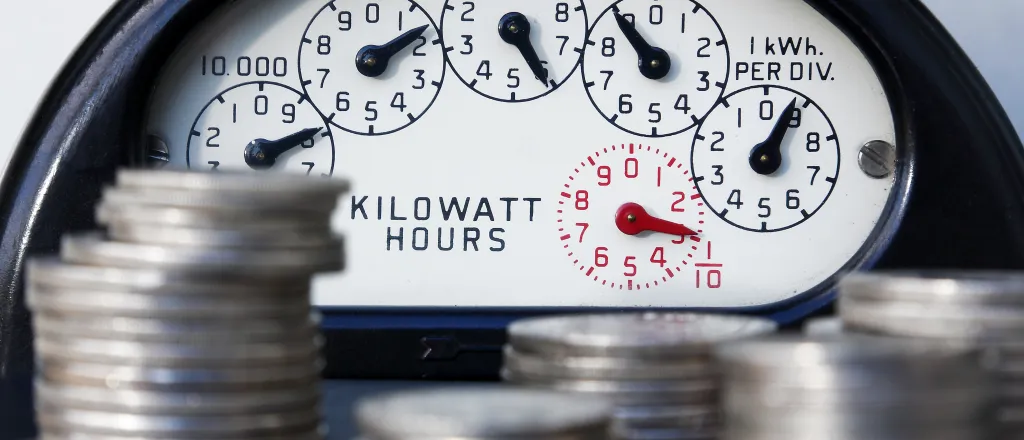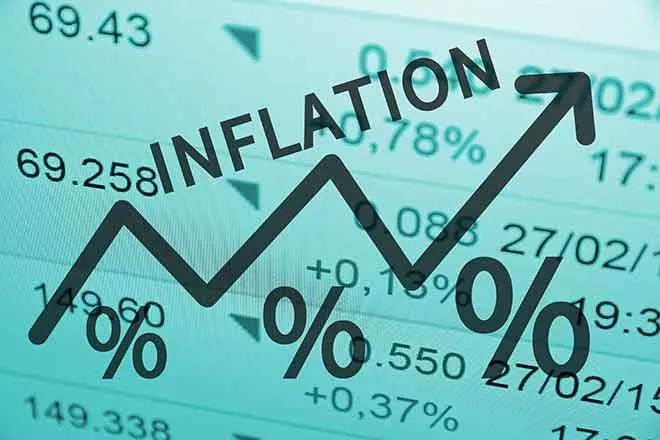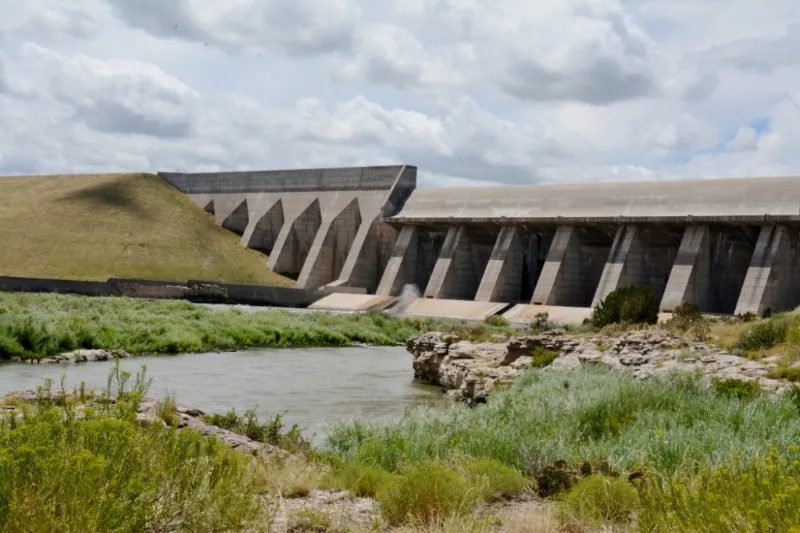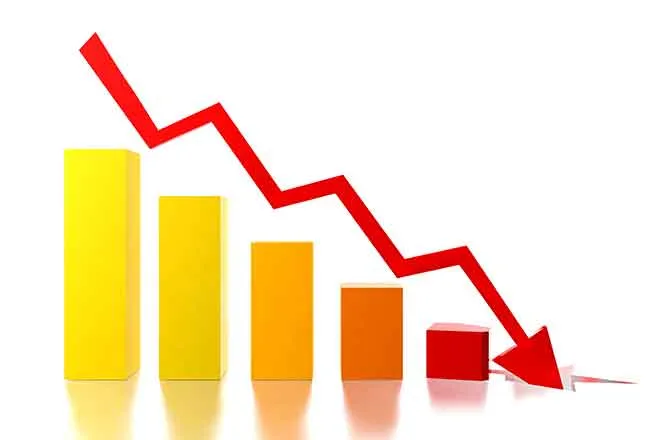
Utah's low electricity rates attributed to power grid modernization
(The Center Square) - When it comes to powering up the home or workplace, Utahns are paying one of the lowest rates in the U.S. for their electricity, according to recently released statistics from the U.S. Energy Information Administration.
Utah’s rank as 3rd lowest in the nation in terms of its average retail price per kilowatt. That doesn’t come as a shock to Rocky Mountain Power spokesman David Eskelsen.
Eskelsen told The Center Square that Utah’s historically low electric prices are attributed to the state’s participation in an innovative grid modernization designed to make energy use for consumers more efficient and, therefore, less expensive.
According to the U.S. EIA’s recently released 2021 U.S. Electricity Profile, Utah residents pay, on average, $8.34 per kilowatt. This amount is $2.74 less than the national average of $11.10 per kilowatt and is well under the highest price noted in the U.S. in Hawaii, where average prices were listed at a high of $30.31 per kilowatt.
Only two other neighboring states – Idaho and Wyoming – had lower electricity costs than Utah, with average prices of $8.17 and $8.25 per kilowatt, respectively. Like Utah, Rocky Mountain Power – a subsidiary of PacifiCorp – also manages the electrical accounts of residents and businesses in Idaho and Wyoming.
“PacifiCorp is committed to maintaining its position as one of the lowest-cost electricity providers in the nation,” said Eskelsen.
In 2014, PacifiCorp partnered with the California Independent System Operation to pilot its Energy Imbalance Market, a system that balances power supply and demand across a combined grid.
The grid, which originally started in smaller service areas across California, Oregon, Washington, Nevada, Idaho, Wyoming, Utah, and Arizona, now spans over the majority of 10 states in the West and on the Pacific Coast and into Canada to include 17 different power companies.
By 2023, the grid is forecasted to be expanded to include five additional electricity suppliers to make up approximately 80 percent of the market in the West.
Through automated technology, the EIM evaluates resources across the grid, managing power needs and congestion, by updating power supply in real-time every five minutes, according to PacifiCorp’s website. This constantly seeking equilibrium of the system has resulted in reductions of greenhouse gas emissions and increases in more efficient, reliable and lower-costing electricity for the states it serves, according to Elkensen.
“PacifiCorp has saved customers $537 million since 2014 by participation in this market,” added Elkensen.
The EIM is also reducing greenhouse gas emissions, according to the company. More than 700,000 metric tons of greenhouse gas emissions – roughly the amount of 150,000 passenger vehicles – have been reduced since the start of the Western EIM, according to PacifiCorp.

















